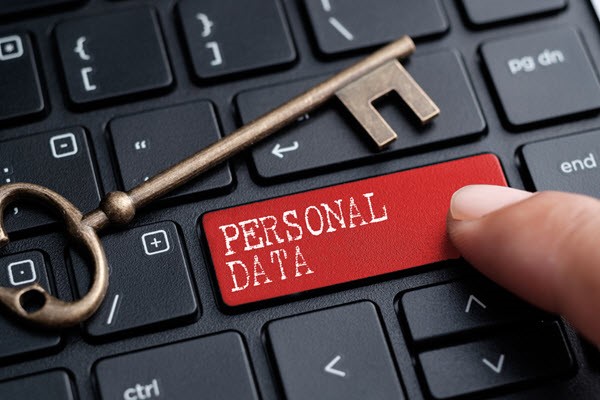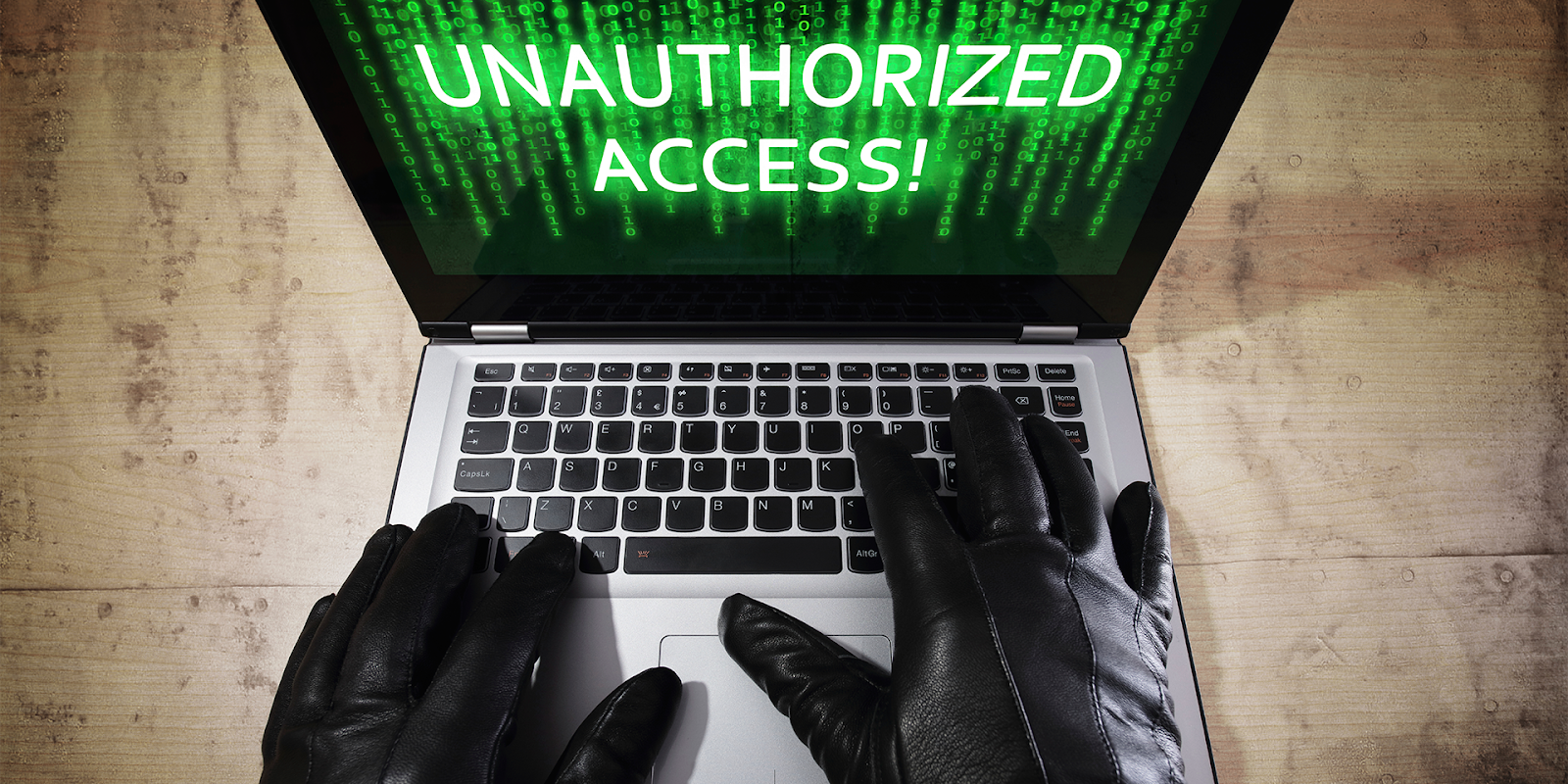The risks to privacy
Computing innovations may be used for the better, but sadly there are people out there that may use it for the worse. A common way of harming others digitally is by collecting and storing other people's personal information for immoral use. This conflict can range from a mild to a severe one, depending on the perpetrator. It affects both the company and customer. The customer's personal info can be leaked by a hacker. A common scenario of when this happens is that the customer's credit card information is stolen. In a worse scenario, all of the customer's finanical data is stolen. In the worst case possible, they might be a victim of identity theft. Basically, all their money is spent through the victim's name, even though it was the perpetrator who caused it. Long story short: they lose everything in their life. Companies may undergo a data breach, ruining its reputation. Plus, the customers might struggle to find an alternative and have trust issues with other companies. So, all I have to say about this topic is that storing and collecting personal information can put both the customer and company at risk.


How computers can be misused and protected
Many people misuse computers in ways such as committing piracy, or copyright infringement. Additionally, they can be used for phishing, cyberbullying, and even hacking. To prevent this, people create strong passwords for things like Wi-Fi networks and online accounts. They can also use up-to-date antivirus software to protect their computers from malware. If it didn't already have a bad enough reputation, many users on X (formerly known as Twitter) have been uploading full-length pirated movies on the site, simply for seeking attention. However, the bigger problem is that X (or Twitter if you prefer) and the user may get in a high amount of legal trouble if the movie files are kept on the servers. You might see the media have posts like these almost every day, but it is completely immoral and illegal. I know this isn't a Wikipedia article, but phishing is when hackers send their victim via email a deceptive hyperlink for them to be scammed. On March 31, 2005, Microsoft filed 117 lawsuits to anonymous people, accusing them of phishing. This shows that people can get into deep trouble for phishing. How people avoid this is by being cautious when they click on email hyperlinks.
WARNING: THE FOLLOWING SOURCE USES STRONG LANGUAGE. USER DISCRETION IS ADVISED.
https://mashable.com/article/twitter-2-hour-long-videos-twitter-blue https://www.cbsnews.com/news/microsoft-taking-phishers-to-court/

How unauthorized access to information is gained
Unfortunately, many accounts have had unauthorized access to them, regardless of which program it's registered to. One way of how this happens is through password attacks. Password attacks are when a hacker tries to log into someone else's account with many techniques planned. For example, a common technique called brute force is applied to most password attacks, which is when every combination possible is used to log in the victim's account. Another way of how hackers log into other people's accounts is by abusing a program's security system. In further detail, this could happen because the software is too out of date compared to other programs, or even from errors in the program's source code. Hackers like to take advantage of these situations, so be careful! As a way of prevention, people create strong passwords for their accounts. According to the source, they are comprised of at least eight characters. In further detail, they must have both lower and upper case letters, along with numbers and special characters, such as !, &, or *. While this next method is not as efficient (in my opinion), two-factor authentication, or 2FA for short, is basically a confirmation to see whether it's really the account owner logging in or not. A common method of this test is by sending codes via text message or email.

